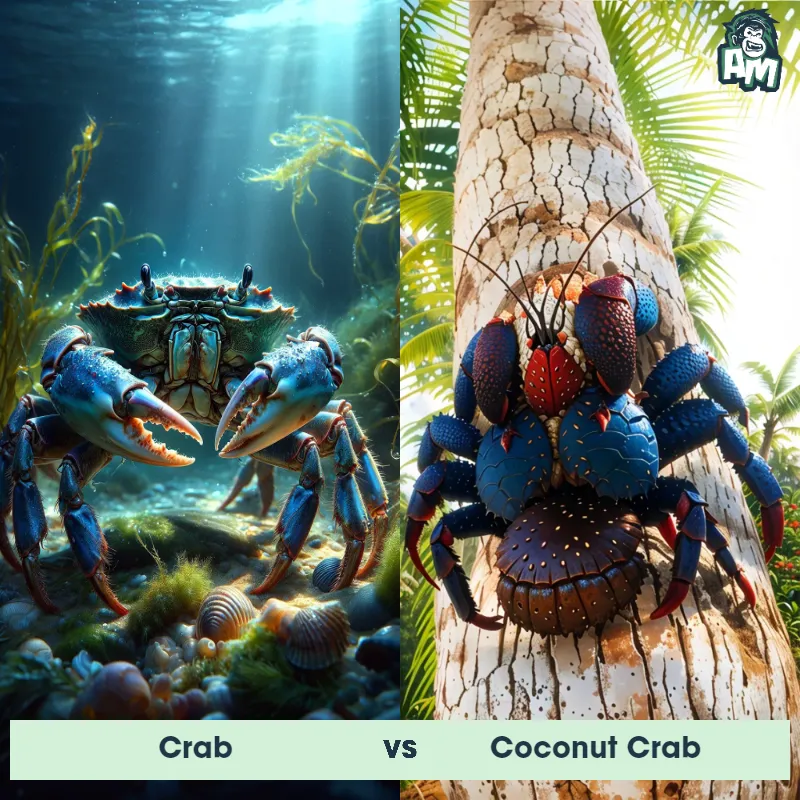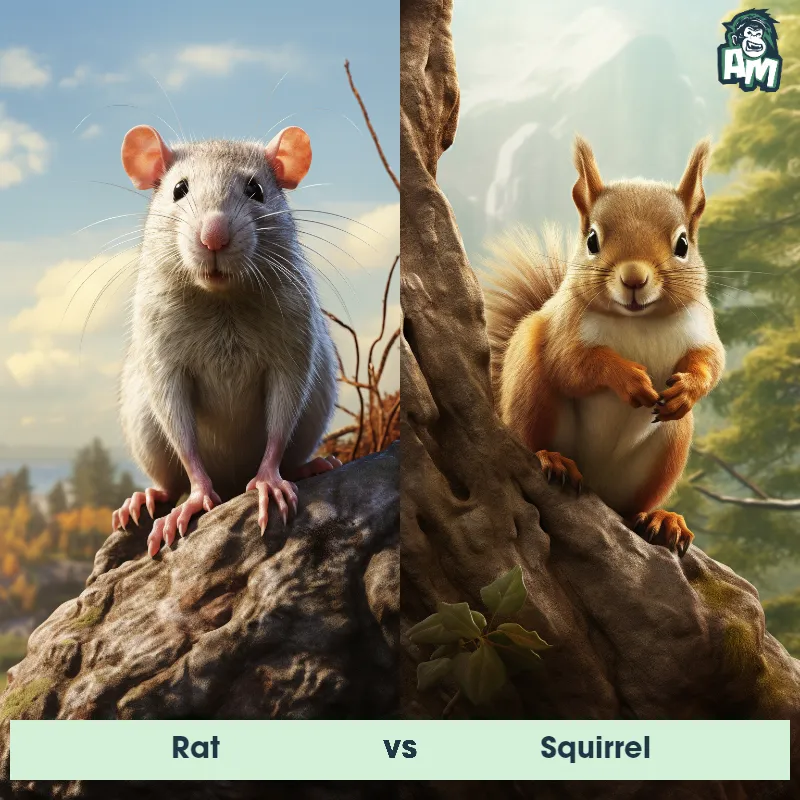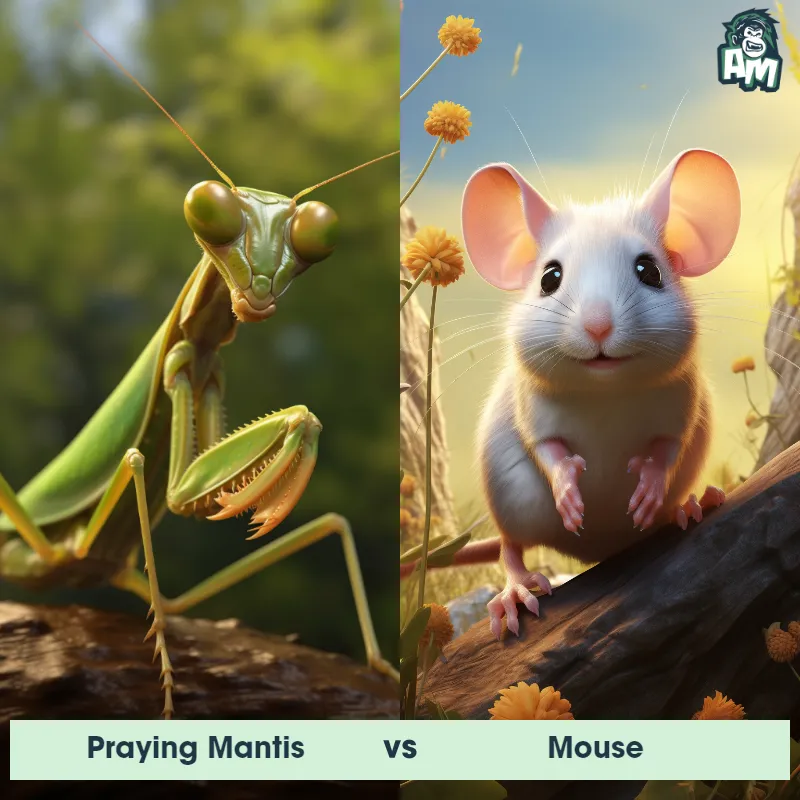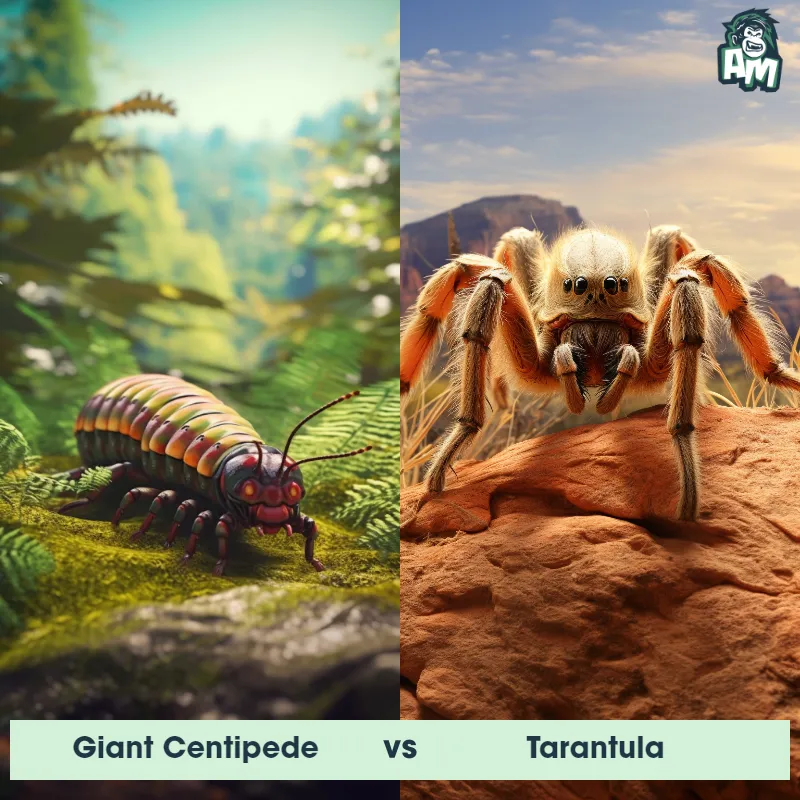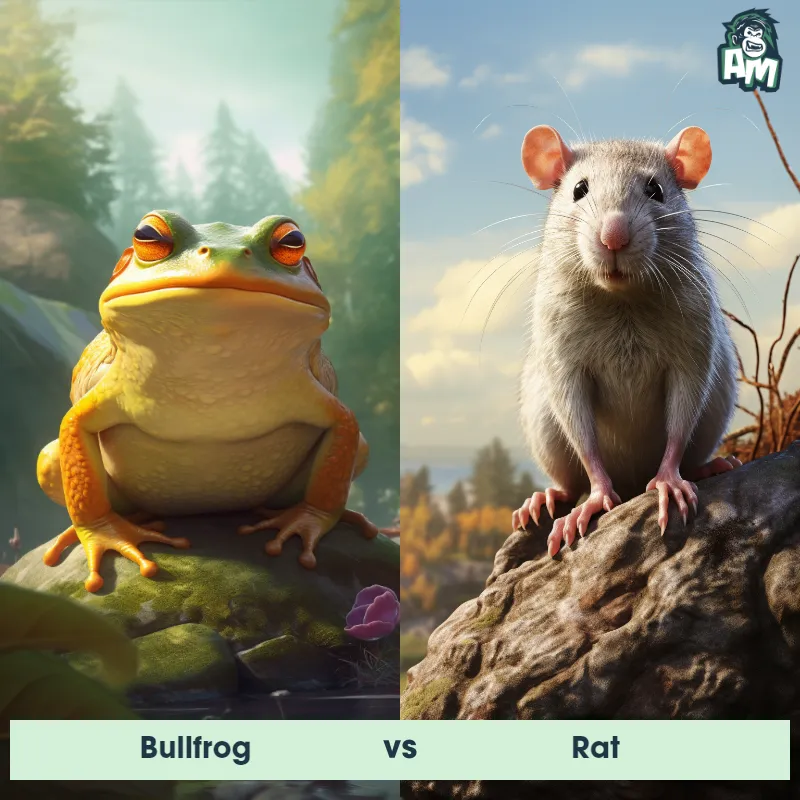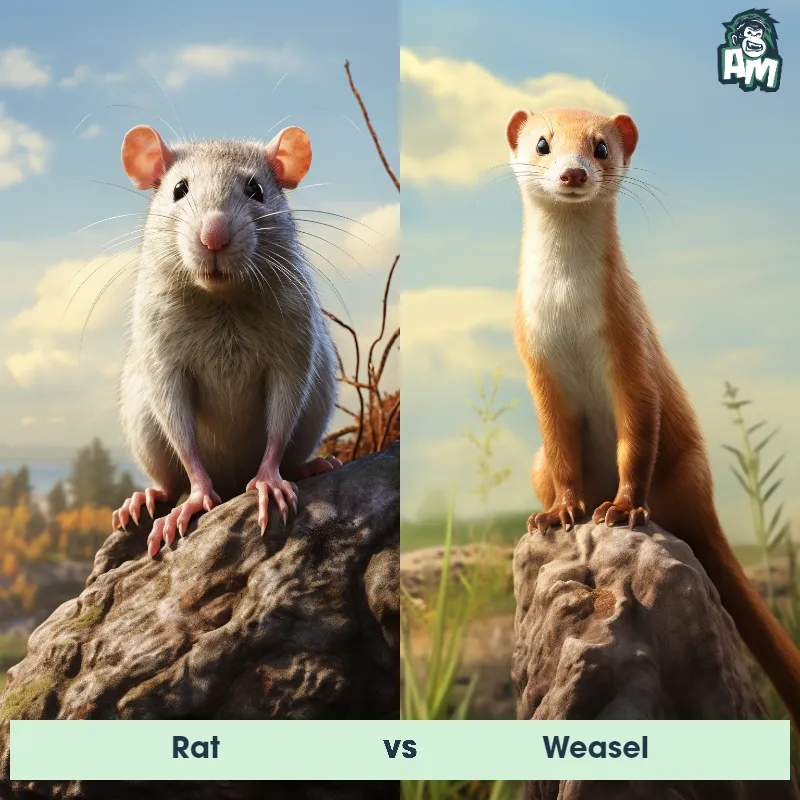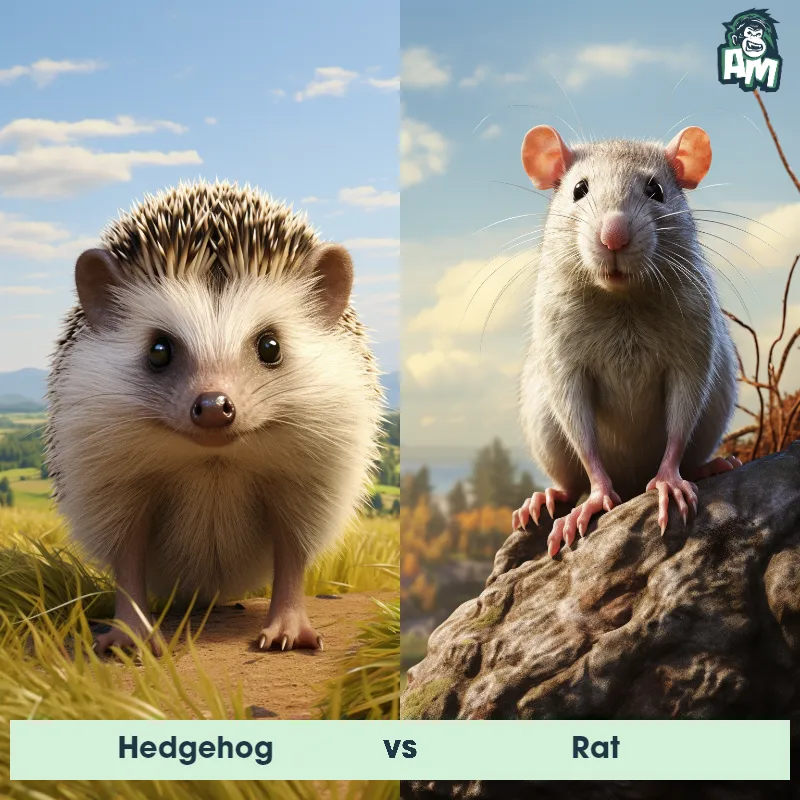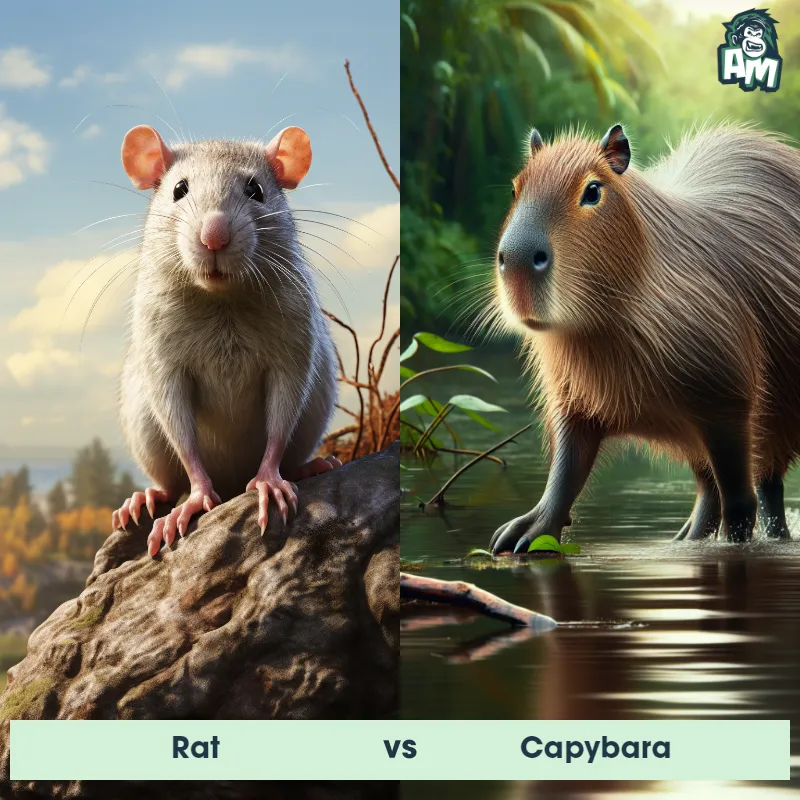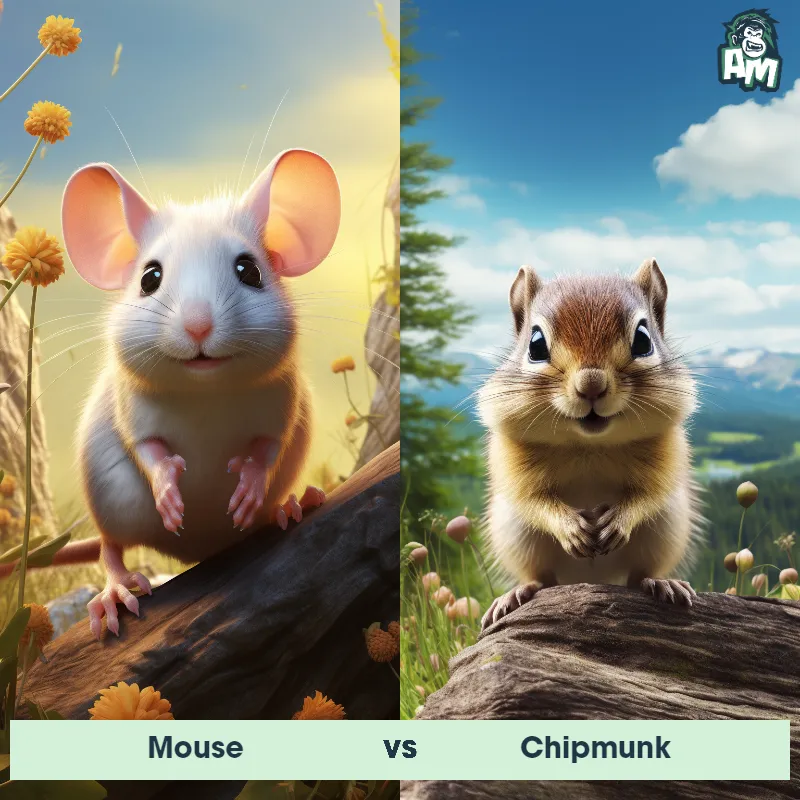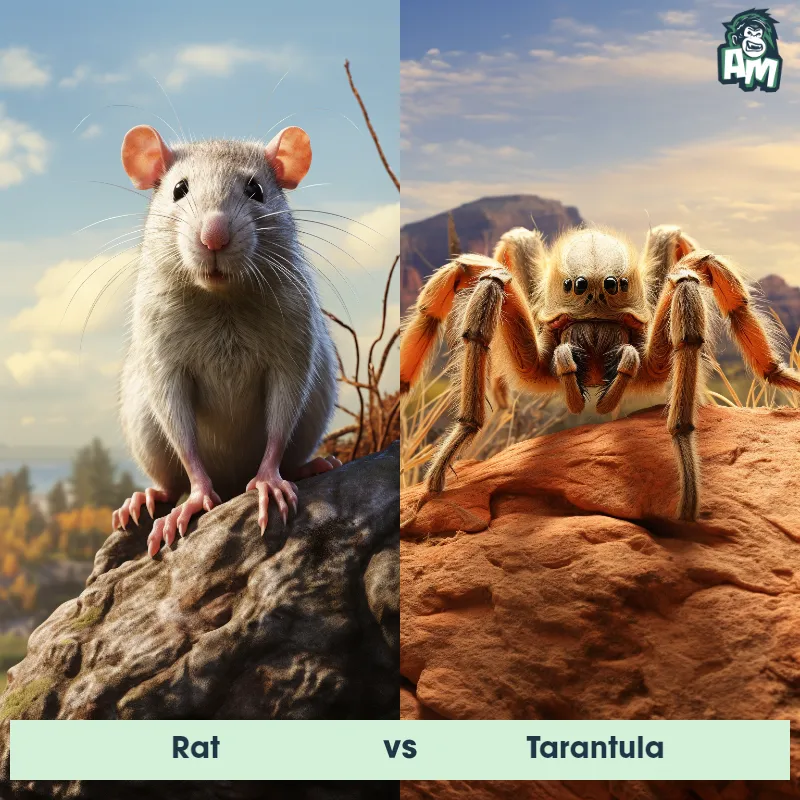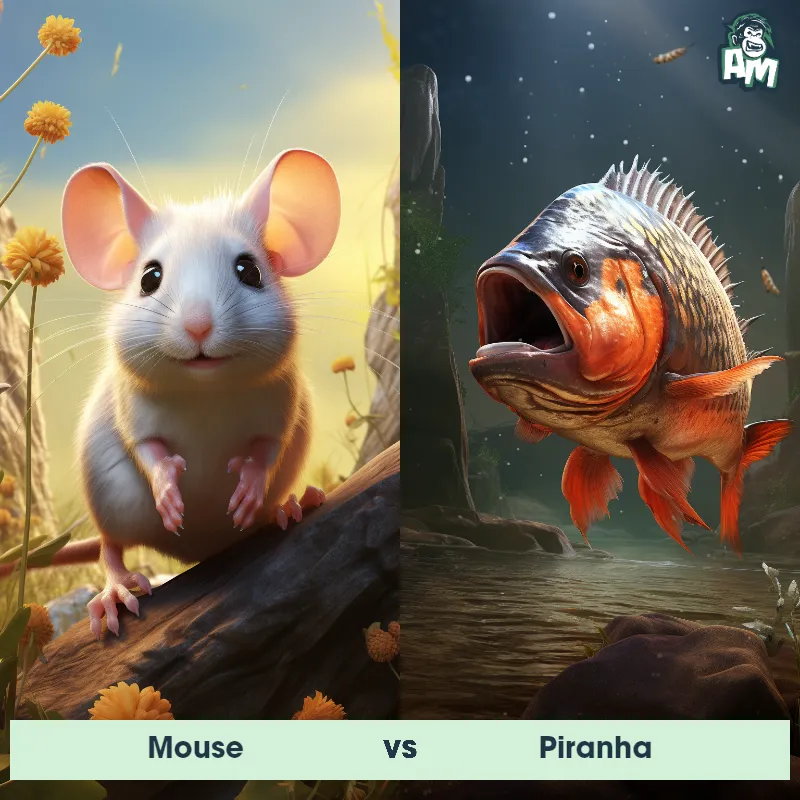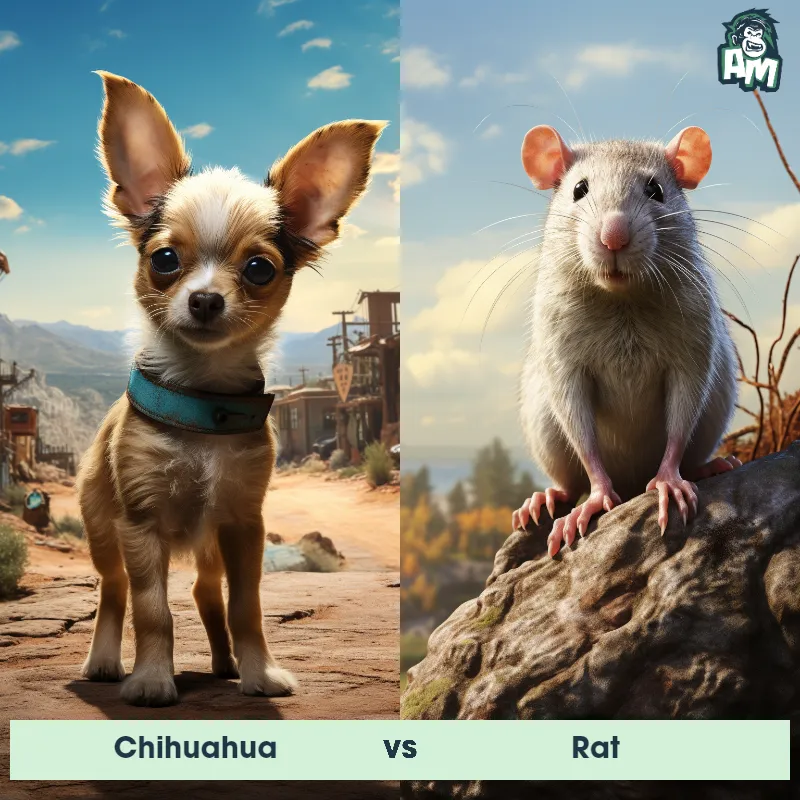Giant Centipede vs MouseSee Who Wins

Ladies and gentlemen, welcome to this mesmerizing matchup between two fierce contenders in the animal kingdom. In one corner, we have the agile and cunning mouse, ready to showcase its speed and agility. And in the opposite corner, we have the formidable giant centipede, armed with numerous legs and venomous determination. Let the battle begin!
Contender 1: Giant Centipede
The Giant Centipede, also known as Scolopendra gigantea, is a venomous arthropod that can grow up to 12 inches in length. It has a long, segmented body with numerous legs and a pair of venomous fangs that it uses to hunt prey. Its body is typically brown or reddish-brown in color, with yellow or orange legs and a black head. The Giant Centipede is found in tropical regions around the world, including South America, Africa, and Asia.
Fun Fact: The Giant Centipede is known for its aggressive behavior and powerful venom, which can cause intense pain, swelling, and even death in some cases.
Contender 2: Mouse
The Mouse is a small mammal characterized by its pointed snout, round ears, and long, thin tail. There are over 30 species of mice, but all tend to have a similar size, ranging from 1.5 to 3.5 inches in body length, with tails of similar or slightly longer lengths. Their fur can be a variety of colors, including white, brown, gray, or black, and they are known for their fast reproduction rates. Mice are omnivores, though their diets predominantly consist of plant material like seeds and fruits, as well as insects.
Fun Fact: Mice have a keen sense of hearing and can communicate with each other using ultrasonic calls, many of which are above the range of human hearing.
Matchup Stats
| Giant Centipede | Mouse | |
|---|---|---|
| Size | Up to 12 inches (30 cm) | 1.5 to 3.5 inches (3.8 to 8.9 cm) |
| Weight | Up to 3.5 ounces (100 grams) | 0.5 to 1 ounce (14 to 28 grams) |
| Speed | Speed: 16 mph (25.75 km/hr) | 8mph (13km/h) |
| Key Strength | Venomous fangs and quick movements | Agility and speed |
| Biggest Weakness | Vulnerable to being flipped onto its back | Small size and lack of defensive mechanisms |
Current Votes
Giant Centipede vs Mouse
See Who Wins
View More Matches
Looking For More?
Similar Matches
Scientific Stats
| Giant Centipede | Mouse | |
|---|---|---|
| Scientific Name | Scolopendra gigantea | Mus |
| Family | Scolopendridae | Muridae |
| Habitat | Terrestrial | Various, including fields, forests, and human dwellings |
| Geography | Tropical regions of South America, Africa, and Asia | Worldwide |
| Diet | Insects, spiders, small reptiles, and mammals | Omnivorous, predominantly plant material and insects |
| Lifespan | 3 years - 10 years | 1 year - 3 years |
Key Differences between Giant Centipede and Mouse
- COLOR: The Giant Centipede has a dark brown or reddish-brown exoskeleton, while the Mouse's fur color can vary but is often gray or brown.
- SIZE: The Giant Centipede can grow up to 12 inches in length, while the Mouse typically measures around 3-4 inches long.
- BODY SHAPE: The Giant Centipede has a long, segmented body with numerous legs, whereas the Mouse has a compact, round body with four legs and a distinct tail.
- HABITAT: The Giant Centipede is primarily found in warm and tropical regions, often residing in dark and damp areas, such as under rocks or logs, while Mice are highly adaptable and can live in a wide range of habitats including forests, grasslands, and urban environments.
- LEGS: The Giant Centipede has numerous pairs of long, spindly legs along its entire body, while the Mouse has four short legs, usually with claws, adapted for running and climbing.
- APPENDAGES: The Giant Centipede has long, slender antennae and forceps-like modified legs called "forcipules" near its head, which the Mouse lacks.








